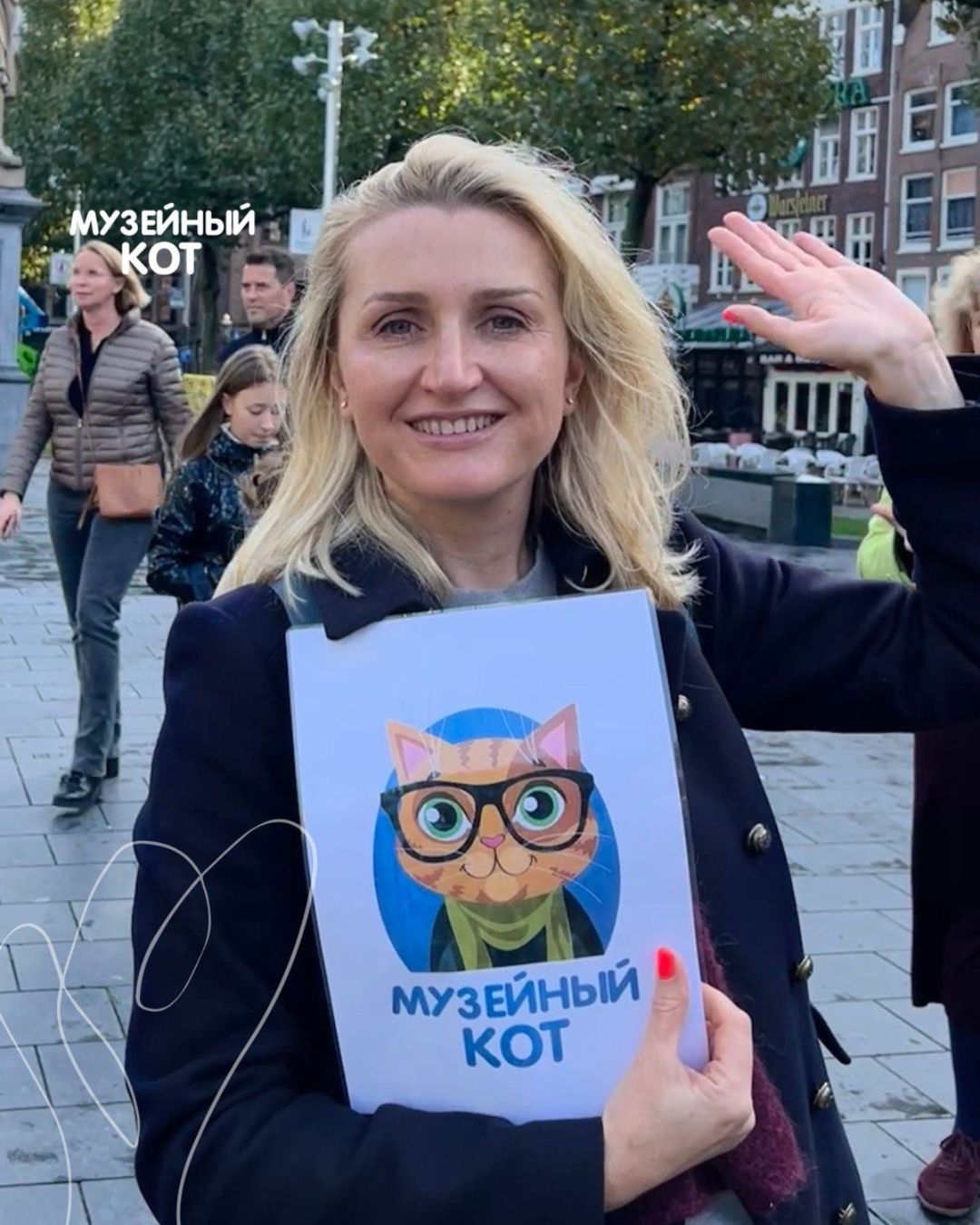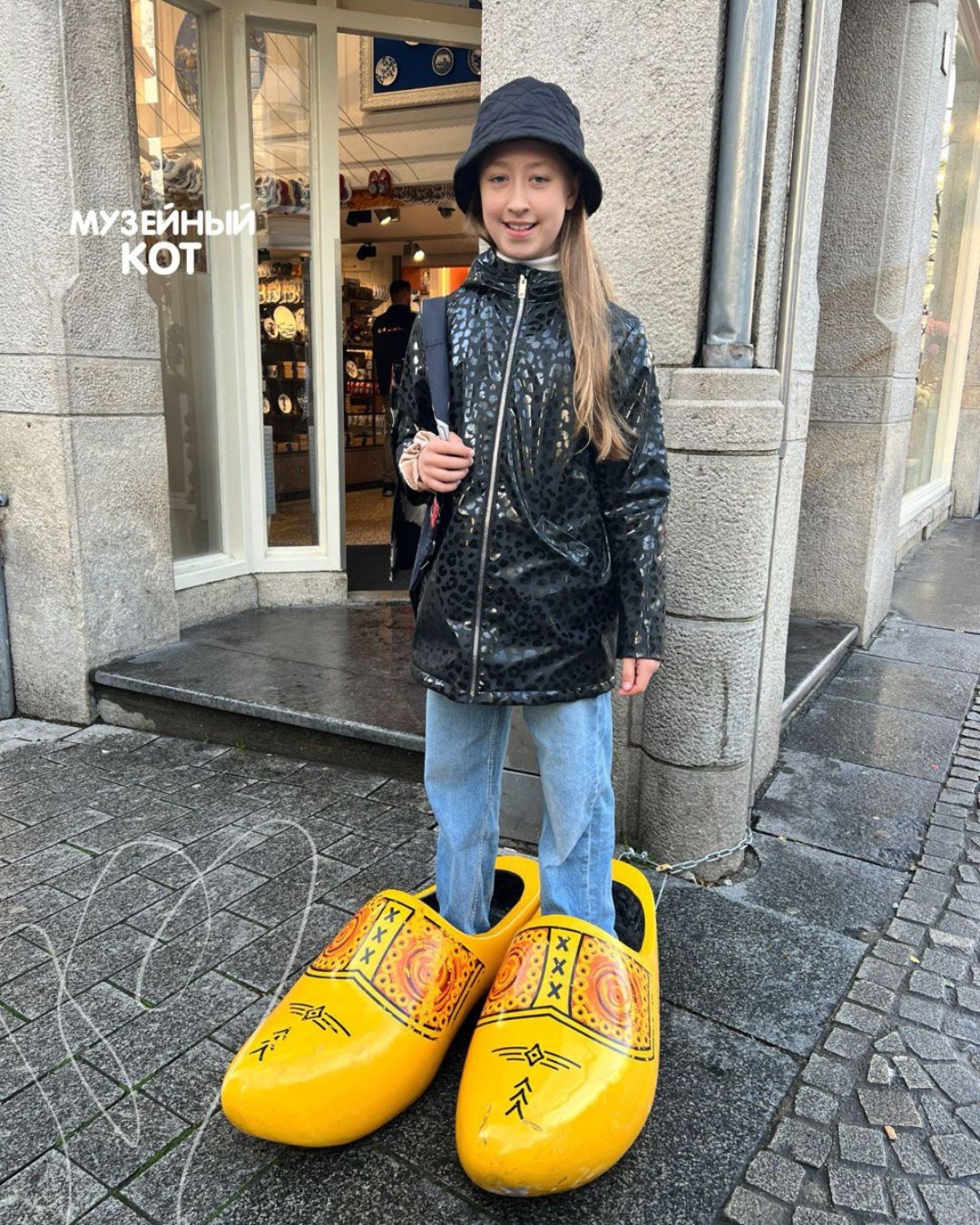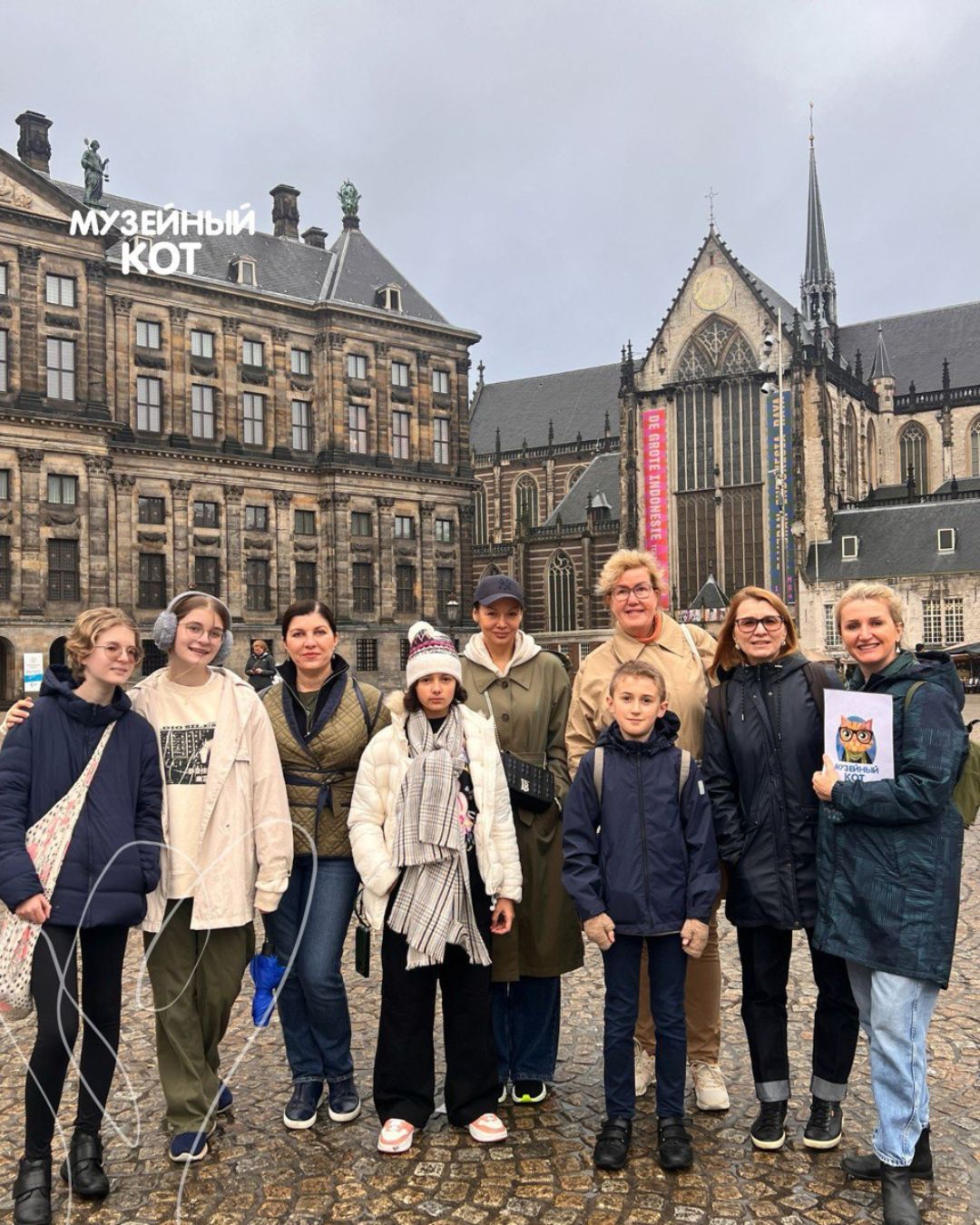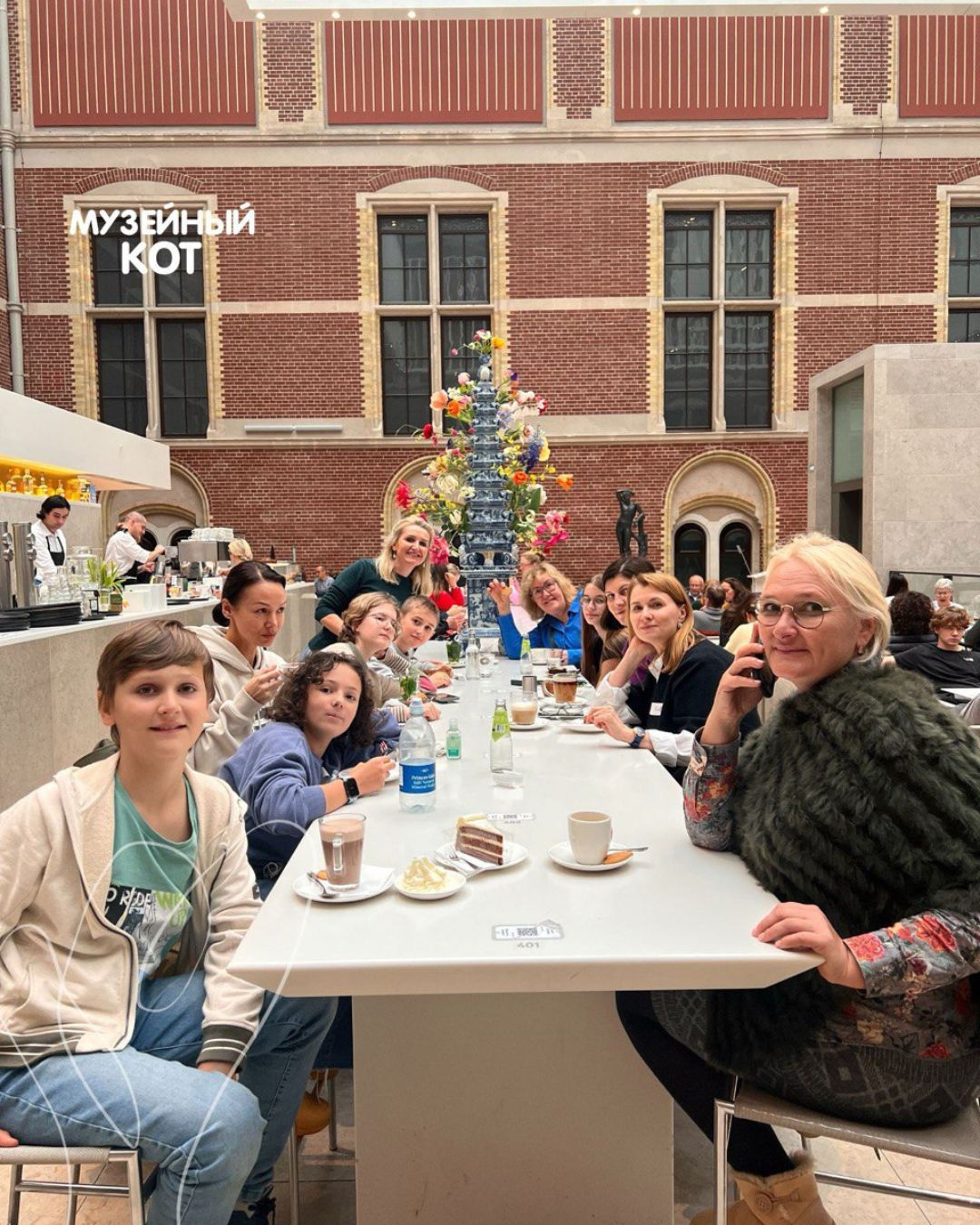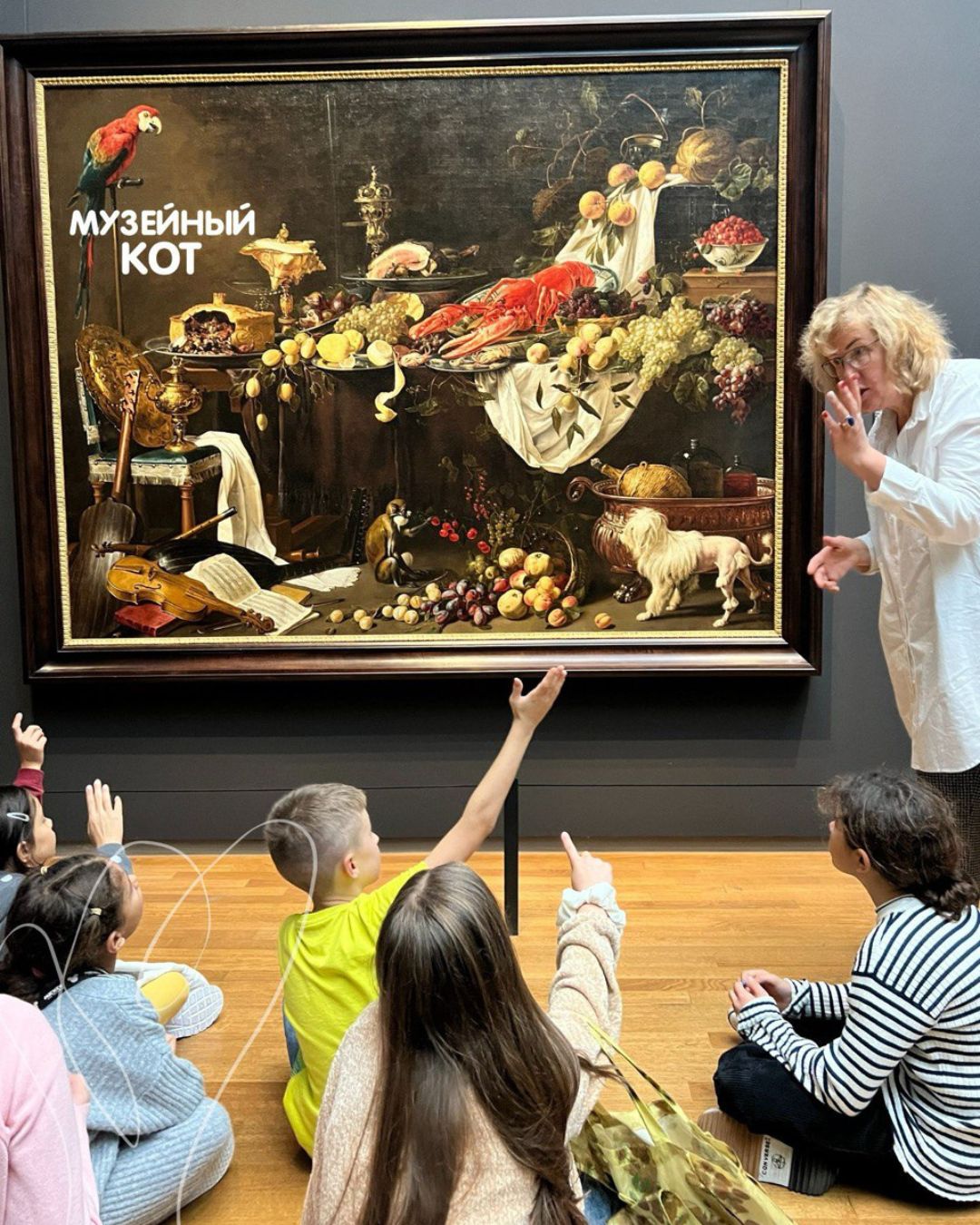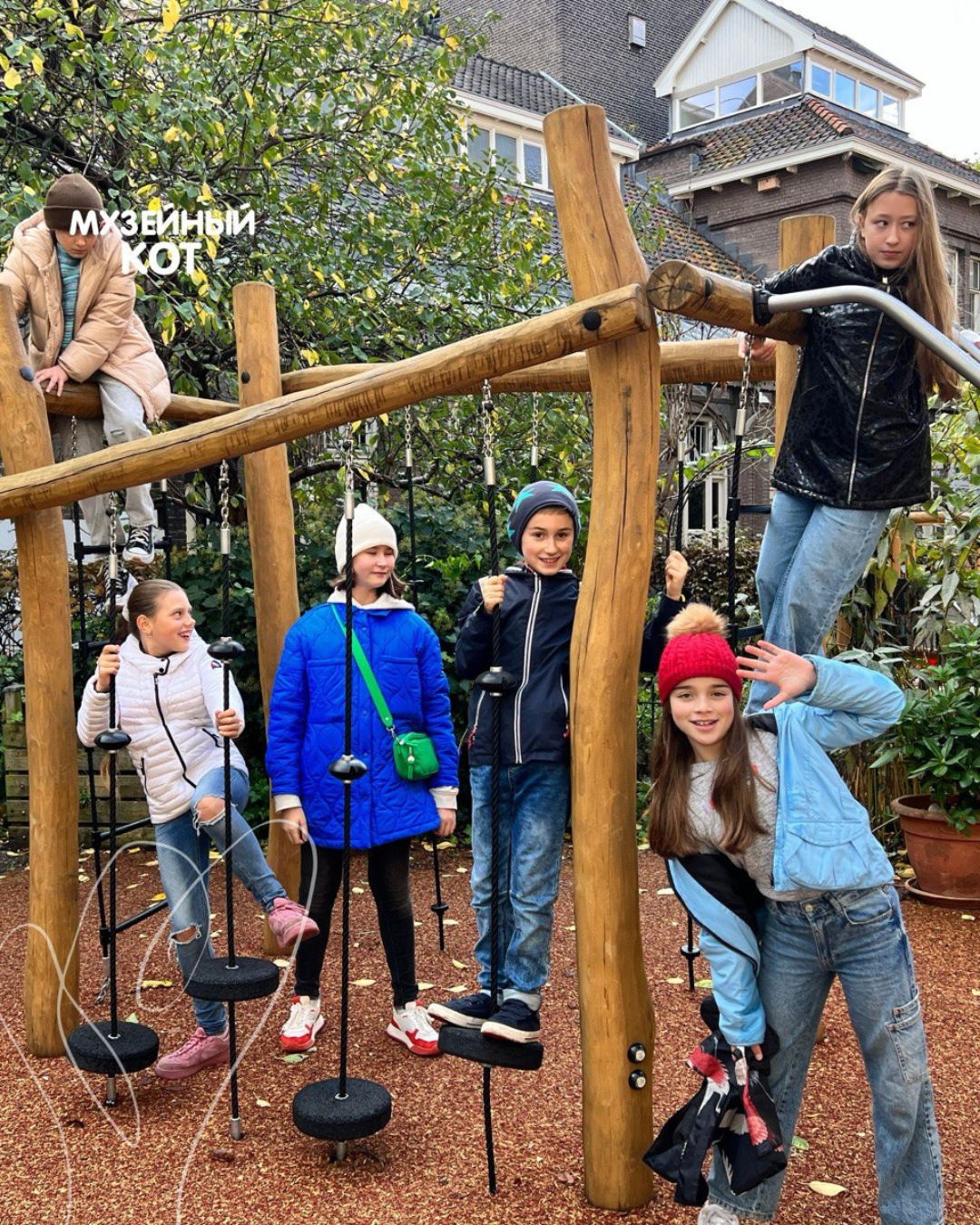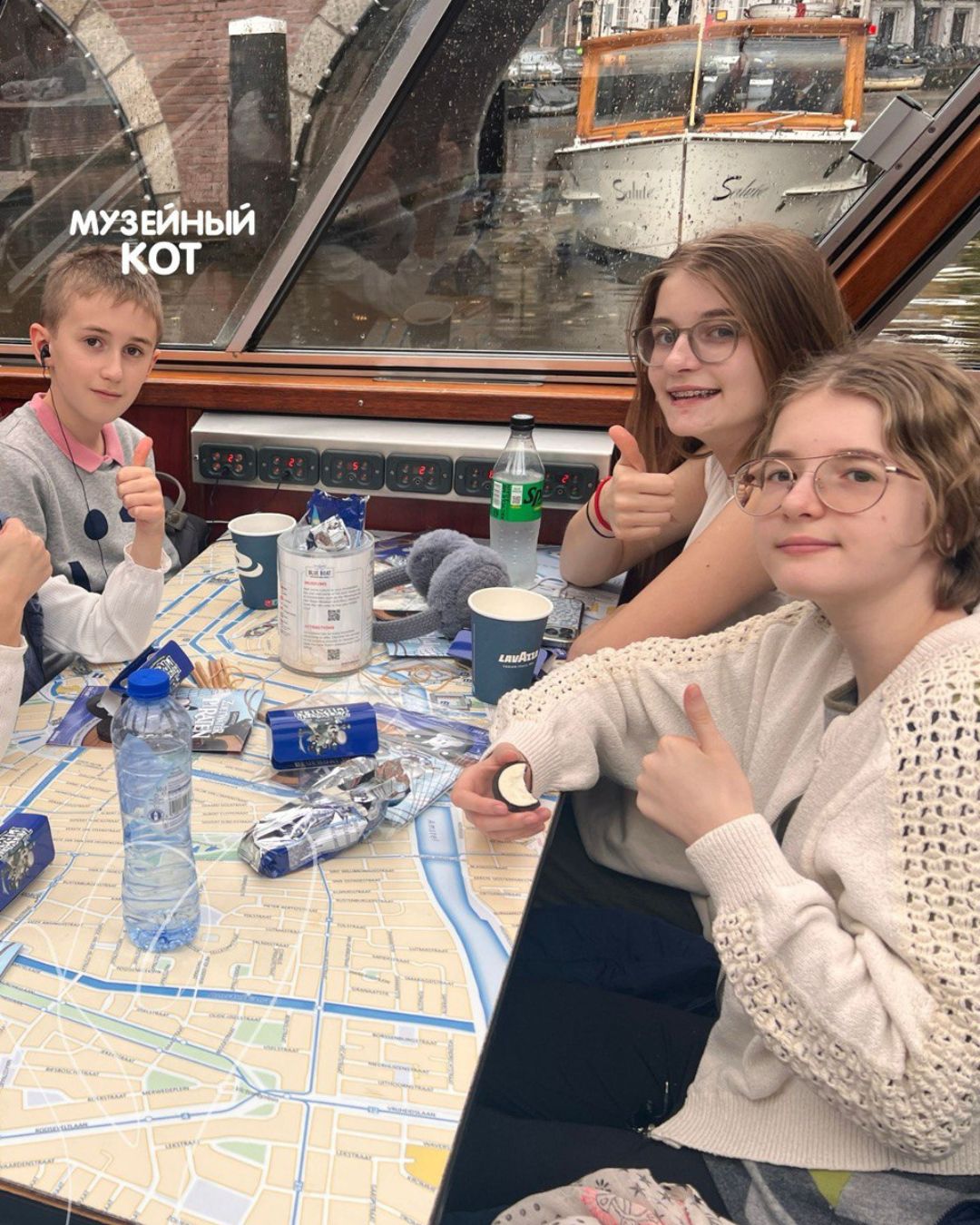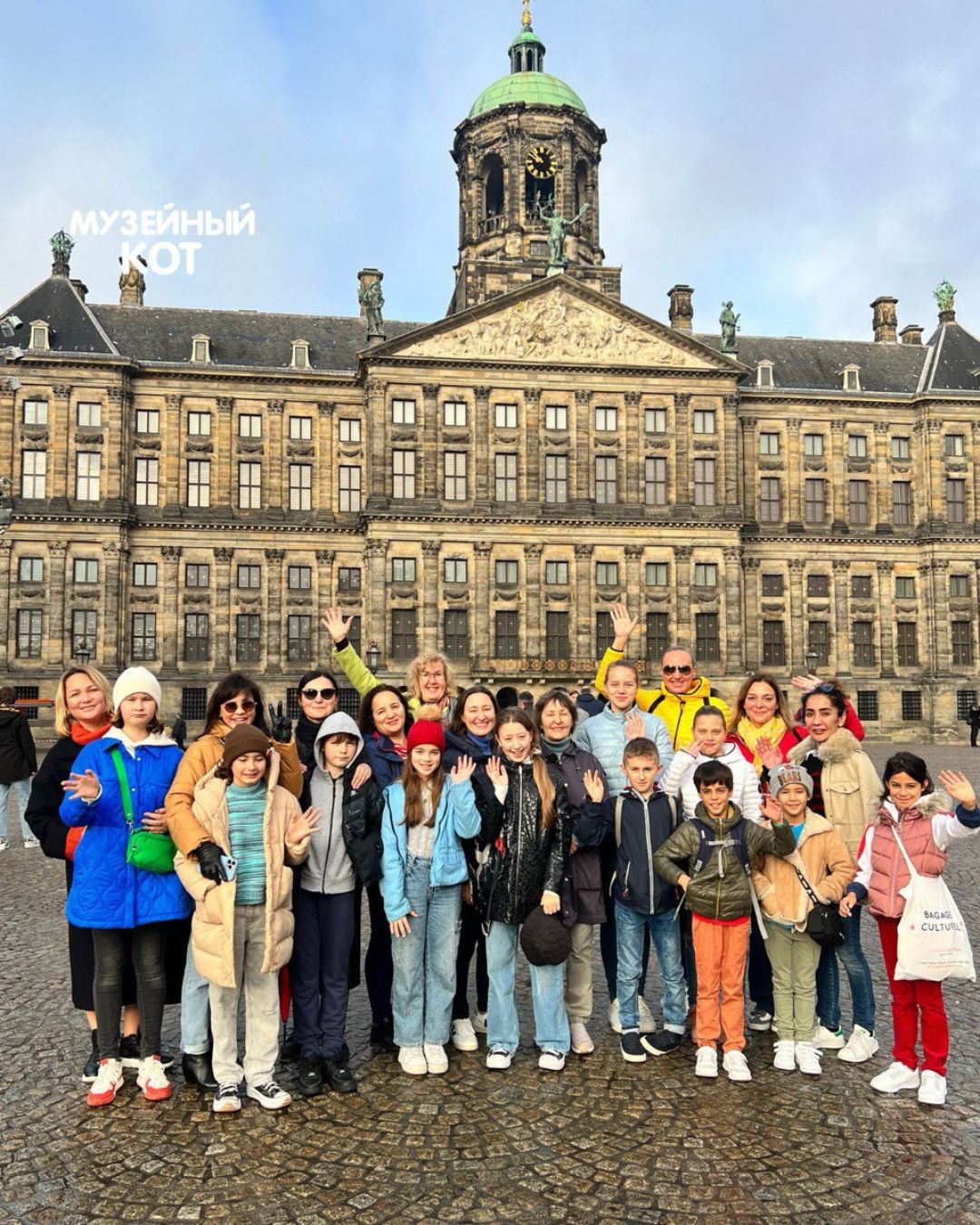
How to organize the perfect trip with teenagers and stay sane
Traveling with a child is an exciting and educational adventure: it provides shared experiences for the whole family, helps strengthen intergenerational bonds, offers opportunities for personal growth, and creates incredible memories. However, traveling with teenagers can be a source of stress for any parent, considering their exotic interests and rapidly changing needs. How can you organize an engaging program that keeps everyone involved without nerves? How can you relax yourself without constantly adapting to the emotional swings of your child? At Afisha.London, we asked Margarita Bagrova, mother of two children, head of the educational project “Museum Cat,” art expert, and entrepreneur, to share her tips on planning a good tour and staying sane during the trip.
Today, traveling with children is already the norm for many people. The tourism industry is well developed, and hotels offer a variety of vacations and comfortable conditions for families with children, even from birth. Psychologically, we are no longer afraid to travel with infants and toddlers. There are different books and toys for the road, numerous forums with tips on how to survive the stress of flights, and, finally, gadgets with educational games that help us parents come to terms with their existence. Moreover, we have come to appreciate family time more and understand that traveling helps strengthen bonds and create unforgettable memories. After all, shared adventures and discoveries make our lives brighter and more interesting, and children learn to adapt to new conditions, develop curiosity, and broaden their horizons.
Everything is fine as long as the children are young and go where you want, or you plan everything so wisely that they think it’s their decision. We remember that the most convenient child is the one in a sling. But children grow, just as their needs, interests, and personal space do.
As personal interests grow, parental influence diminishes. This is both good and bad. On one hand, we see the growth and development of a new, interesting young person before us. On the other hand, this person is still very young and needs to be shown new horizons and guided to distant places for development — in terms of knowledge, soft skills, and simply independence.
What I often see as the head of the educational project “Museum Cat” and the mother of two grown children is that children need their own time and freedom of self-expression. Even when children are relatively young, this atmosphere must be created by a gentle, invisible hand, so that no one thinks an adult was involved. Create and leave, so that the child can discover it on their own and feel proud of their findings. They may add something of their own, or tweak it for personal convenience, and that’s normal. But the safe and useful foundation is already set.
Read also: The evolution of Barbie: an exhibition about the most famous doll has opened in London
For example, within the framework of the “Museum Cat” educational project, I, along with my team of teachers, conduct lessons tailored specifically for children. These are often my own exclusive programs. The energy in a kids-only class is different: it is creative and free from the influence of parents who might, with the best intentions, suggest corrections or make comments like “sit up straight” or “you know this too — answer.” Children focus entirely on the tasks set by the teacher, the structure of the lesson, and their peers. After all, it is with their peers that they will study, work, and live in society.
- Margarita Bagrova. Photo: Museum Cat
- Photo: Museum Cat
For short lessons, the strategy is quite clear, but what should be done about educational trips for children aged 9 to 14? What if your teenager rolls their eyes at the mention of a “museum”? This reaction is not due to a lack of interest but rather a difference in how you both perceive time. As a mature adult (and, heaven forbid, an art enthusiast), you can easily spend 2-4-6 hours in a museum during a trip without a second thought, perhaps taking a brief 15-minute break in a café-bar with an Irish coffee. However, the child doesn’t need this pace; they may wander through the museum halls, bumping into other people and, perish the thought, leaning against a fresco wall.
If the paces are different, it is very easy to ruin the vacation; it will turn into a chore, and you will start saying cliché phrases: it’s all this puberty, this annoying transitional age, and thinking about how to survive it.
However, traveling with children is necessary — we are no longer ready to give up exploring the world together. What if you are offered a program where the interests and paces are respected for both you and your child? And it will still be a joint family trip, with no anxiety about your beloved child being far away alone if you are not ready for a teenage camp yet.
- Photo: Museum Cat
- Photo: Museum Cat
Such a unique program is offered by the “Museum Cat” educational project. This fall, from October 28-30, 2024, we are organizing a family trip to Amsterdam, featuring parallel cultural programs for both adults and children within the overall tour. These trips have already been successfully conducted in 2022 and 2023, with families of children aged 9 to 14 joining our tours.
Video from last year you can see on Museum’s Cat Instagram page here.
An art trip to Amsterdam offers three full days of immersion in the city’s cultural life. An additional and significant advantage is the immersion in the Russian language, maintaining a supportive communication environment. The program provides new knowledge in an interactive format.
- Photo: Museum Cat
- Photo: Museum Cat
In this tour, activities are planned separately for adults and children during the day. Children, independently but with an experienced guide, will explore the city and museums at their own pace, engage closely with their peers, demonstrate independence, and unleash their creative energy. A parallel program is designed for parents, focusing on adult interests. All impressions of the day can be shared and discussed at joint lunches, dinners, and in the evening before bed. Each family member will have their own unique experiences! Parents will see their children from a new perspective, just as children will see their parents.
What other advantages can be highlighted in the “Museum Cat” program?
Development of soft skills
Today, children often prefer communication through phones or computers, but live communication skills (soft skills) are necessary both in studies and in future work and personal life. The immersion program provides an opportunity to meet new children and interact closely in real life in a new environment. For three days, they will actively interact, learn communication, overcome fears and shyness in a new environment, and find common ground with unfamiliar peers. Psychologist Erik Erikson asserts that participation in group activities fosters a sense of belonging and self-identification, which is especially important for children aged 9-14. According to psychologists, children who travel frequently have better-developed speech, memory, thinking, and creative imagination. They are more sociable and often become leaders among their peers, captivating them with vivid emotional stories about their trips. They are not familiar with boredom and gloom — they are always positive. In addition, a thirst for knowledge is the key to successful study and professional growth in adult life.
- Photo: Museum Cat
- Photo: Museum Cat
Disconnecting from the digital world
Modern children often get lost in the digital world, receiving cheap and quick dopamine from scrolling through feeds. Cultural events require more emotional expenditure and focus, and over the years, the skill of perceiving art, if not nurtured, will begin to atrophy. Our journey includes visits to world cultural centres, helping children to discover the real world of art and culture, immersing them in new impressions and live emotions with other enthusiasts.
In the absence of internet access during the tours, the ability to endure boredom can be trained. Boredom is beneficial for the psyche and stimulates observation and the development of creative thinking. Admittedly, children will not spend less time on their phones when they return home, but firstly, the time without the internet will certainly benefit them as a reset, and secondly, even on the internet, they can choose quality content, so such a tour will be another step towards forming critical thinking. Ultimately, the task of adults is not to isolate from the internet, but to teach children to live in this environment, navigate it, and find balance in the information flow.
- Photo: Museum Cat
- Photo: Museum Cat
Fostering independence and decisiveness
On a trip, children learn to be more independent and decisive, as there will be many activities without parents. Participation in creative activities helps them develop confidence in themselves and their abilities, making decisions and interacting with others in new situations. Madeleine Levine, a psychologist, and author of books on child development, says that participating in such programs helps children acquire self-organization skills and increases their confidence in their abilities.
Introduction to the world of art
The “Museum Cat” team strives to make the world of art a familiar part of a child’s life, not a cultural exotic. In this journey, children will get acquainted with outstanding works of art, helping them to approach and love culture and art. Dr. Howard Gardner, the author of the theory of multiple intelligences, believes that art plays a key role in developing creative thinking and emotional intelligence in children, enhancing empathy and the ability to express themselves.
Read also: The great and terrible English pirates: the romanticised image of sea wolves
Shared family impressions and experiences, bonding together
Strangely enough, such a “separate” journey brings people closer. Joint time spent in the journey will create unique shared impressions and memories, strengthening family ties. Parents and children will discuss what they have seen together, share emotions and enjoy cultural discoveries without worrying about organizing the trip — “Museum Cat” takes care of all the arrangements. Shared experiences and activities help strengthen family relationships and create reliable emotional bonds. A change of scenery encourages breaking out of habitual scenarios and expanding conversation topics. At the very least, you will share new experiences, which always has a positive effect.
According to psychologists, periodic travels, even over short distances, increase children’s self-confidence and affect their future success. Travel experiences act as stimulants at various stages of child development and personality formation. A new environment opens space for new interactions: social, physical, cognitive, and sensory.
- Photo: Museum Cat
- Photo: Museum Cat
The next trip will take place from October 28 to 30, 2024. You can start the tour in London or join us in Amsterdam, coming from any country or city. The trip is designed for adults and children aged 9-14. Don’t miss the golden age when it is beneficial and interesting for your child! Book here.
About the “Museum Cat” project: an educational art initiative for both adults and children, focusing on history and art from London, delivered in Russian. Founded in 2013, the project aims to help families preserve their mother tongue and deepen their understanding of the art world, while also developing soft skills. Our engaging approach to learning includes excursions, tours, trips, quests, and creative lessons. We work with children aged 4.5 to 14 years. Founder: Margarita Bagrova.
Website
Facebook
Telegram
Instagram
Google reviews
Margarita Bagrova
LinkedIn
Cover photo: Museum Cat
Read also:
Exploring Malevich: Locations and Insights into His Revolutionary Art
Amedeo Modigliani and Anna Akhmatova: the enigmatic nude romance
Tate Modern opens its doors to “Expressionists: Kandinsky, Münter and the Blue Rider”
SUBSCRIBE
Receive our digest once a week with quality Russian events and articles


